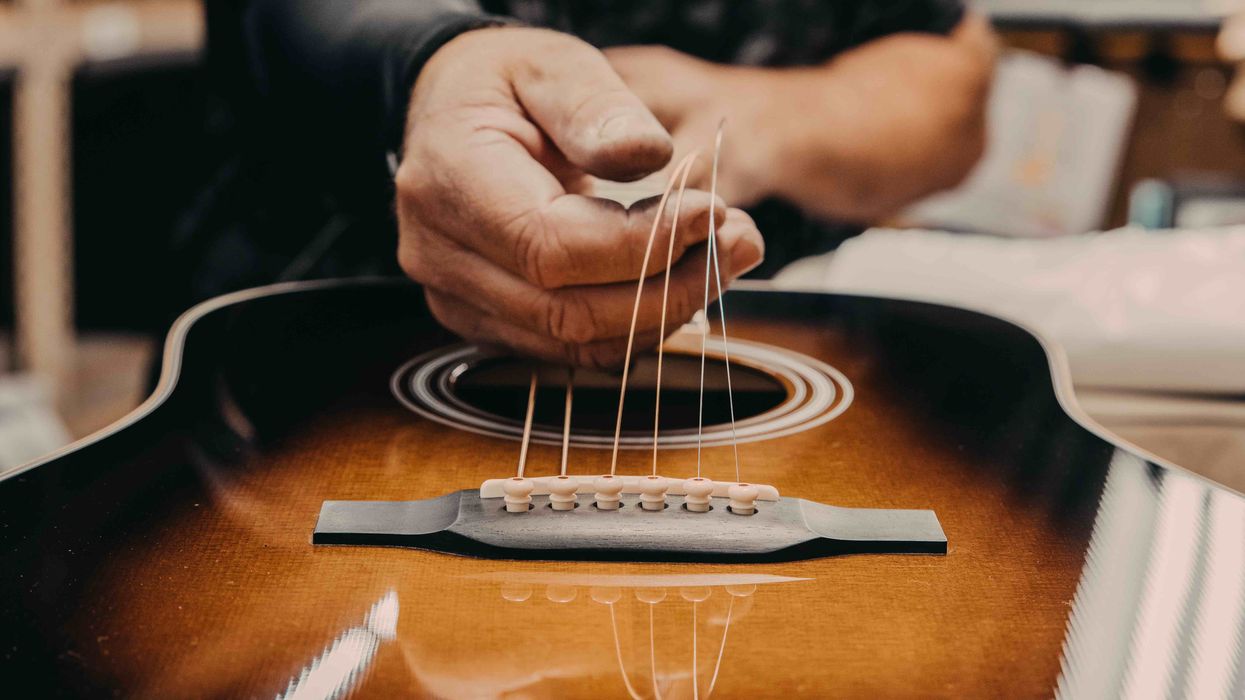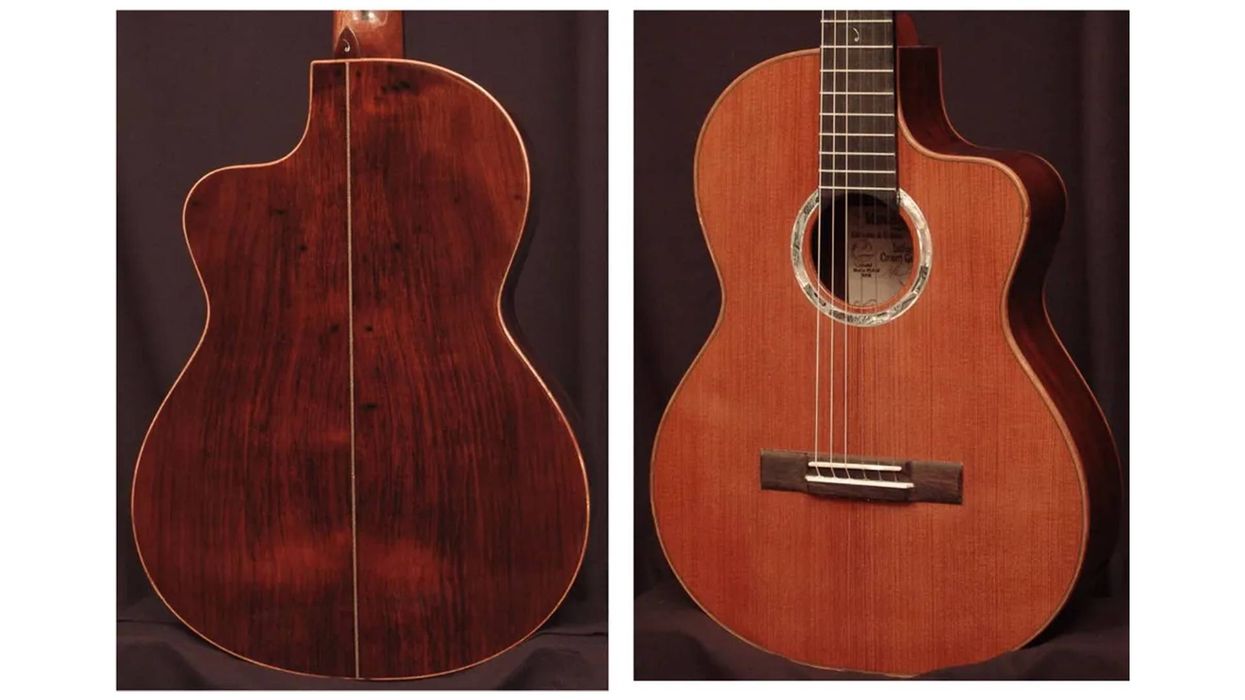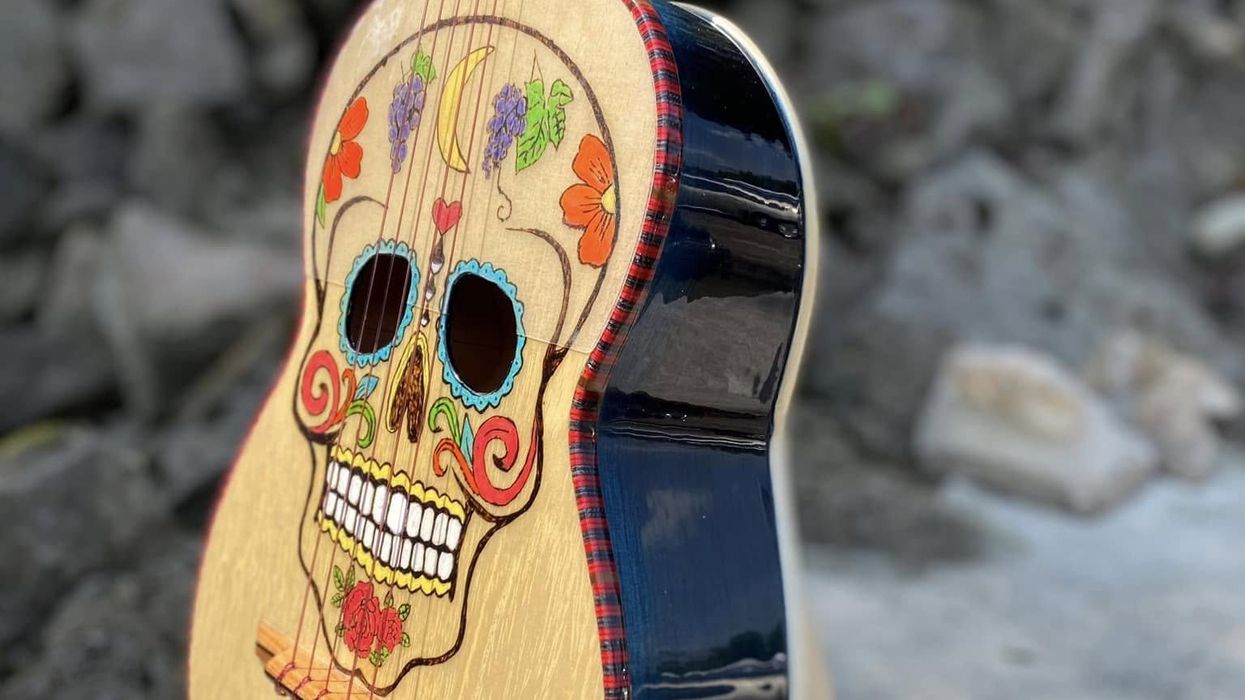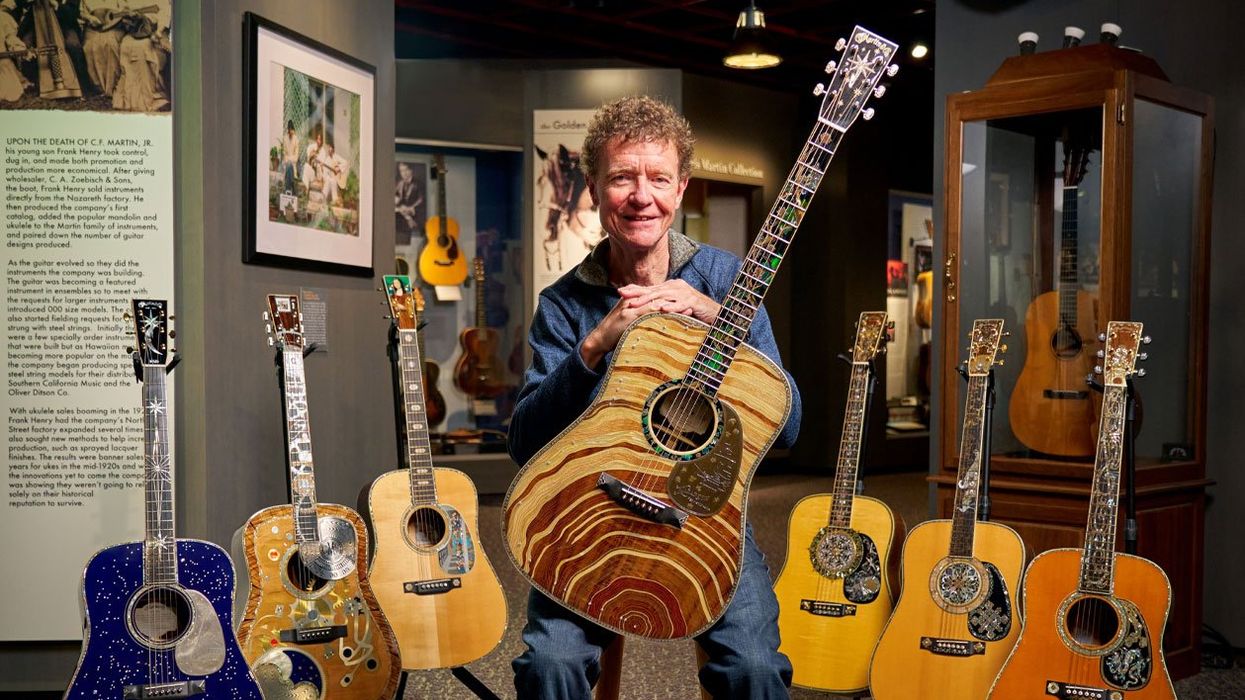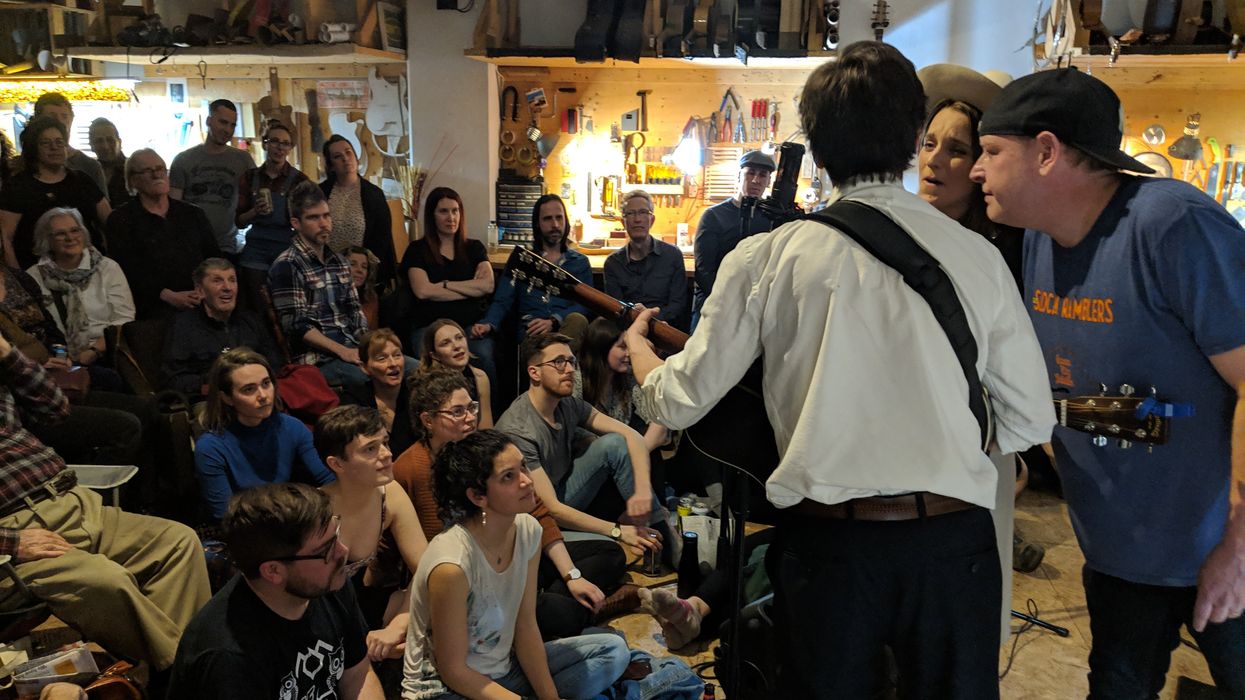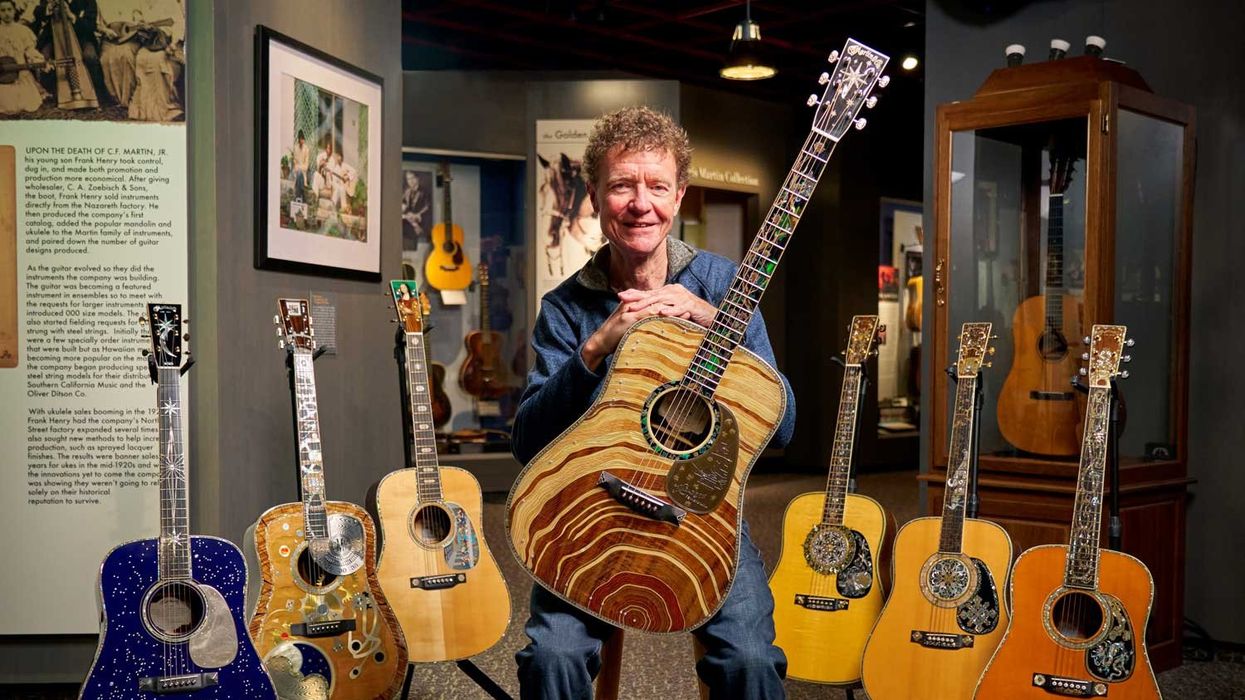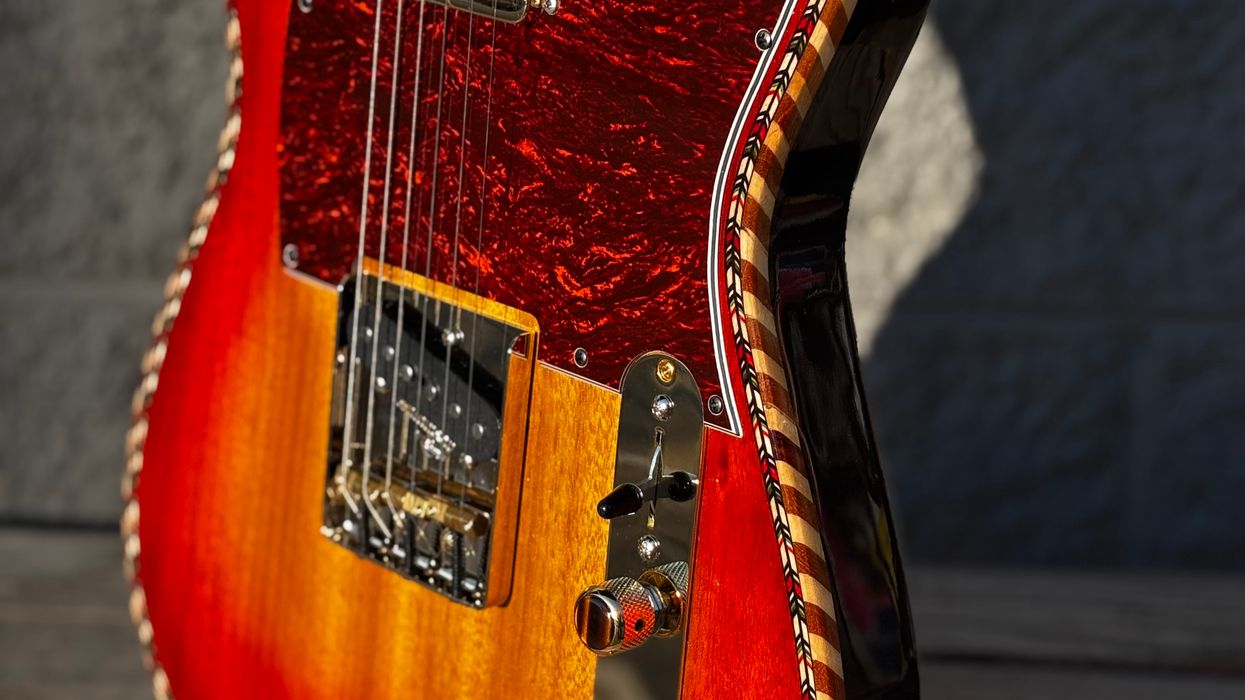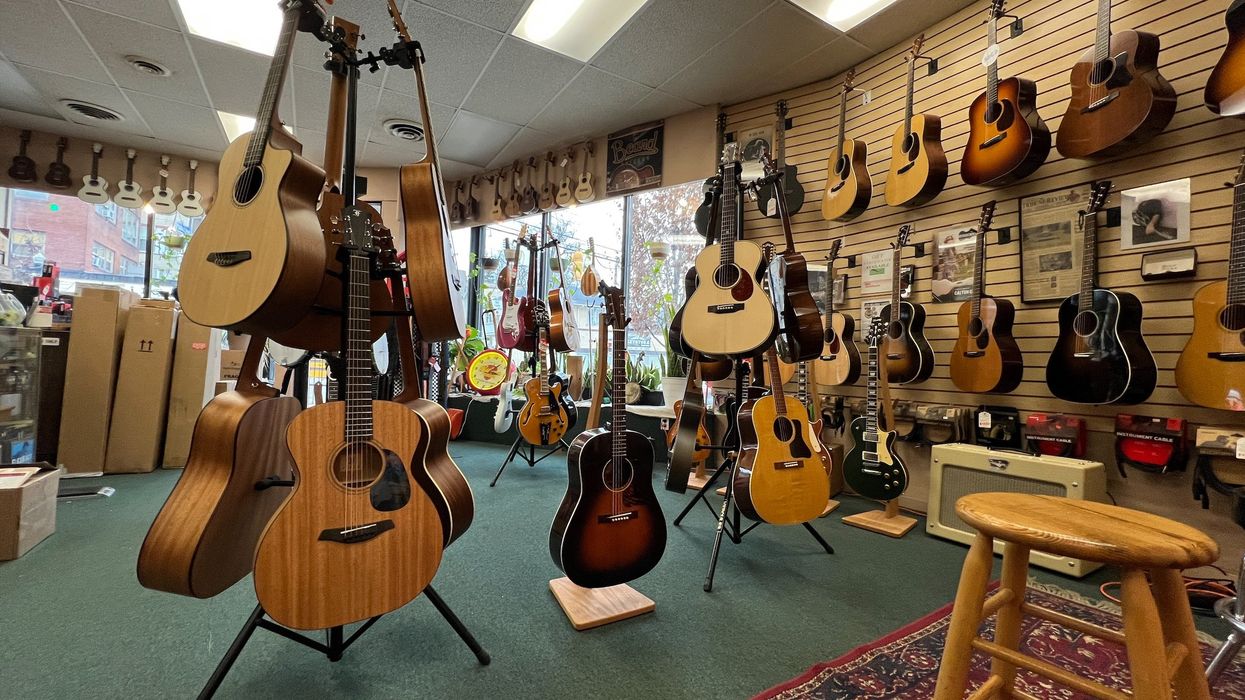At Martin, we as builders and players understand the impact that guitar strings can have on the tone, playability, and longevity of our instruments. No matter how long you’ve been playing, selecting the right set of strings and properly caring for them can significantly enhance your experience with your guitar.
We’ve been making our own strings for over 50 years now, and the same attention to detail that goes into our guitars goes into our strings. From choosing the right gauge to understanding oxidation and string maintenance, we get a lot of questions from players—and we know a thing or two. So, let’s dive in.
Why Guitar Strings Matter
The right strings can really make a difference in how you play, inspiring confidence, creativity, and a deeper connection to your music. They’re what helps this combination of wood and wire truly sing.
An acoustic guitar is a finely tuned instrument, ready to resonate with the slightest touch. Now, imagine one outfitted with old, worn-out strings—dull and lifeless, lacking in tone. The difference is undeniable.
What Happens to Strings Over Time
Strings tend to lose their high-end response over time. According to the experts on our product and research and development teams, this degradation is mostly due to oxidation and the accumulation of foreign material, like sweat and grime, in the windings—factors that lead to acoustic dampening.
Oxidation, simply put, is the surface reaction of metal with oxygen in the surrounding air. This process, often referred to as corrosion, is further accelerated by sweat and oil. This corrosion adds or removes mass, leading to intonation issues, string breakage, and a tonally dampened sound.
Microfractures can also form in the core wire, as it takes the brunt of the overall string tension. If these fractures continue, the string can ultimately fail.
When the strings start to sound bad or simply fail, there’s an easy solution: put on a fresh set.
Choosing the Right String Gauge
First up, you’ll have to choose your strings’ gauge, which refers to the diameter or thickness of the strings—something that affects both playability and tone.
When it comes to acoustic guitar, heavier-gauge strings are great for more amplitude and down-tuning, typically used on larger-bodied guitars like dreadnoughts and jumbos. Lighter-gauge strings are meant for faster playing or easier fretting, and are usually recommended for smaller guitars, like concert and auditorium models.
For fingerstyle players, lighter-gauge strings are generally the preferred choice. The lighter tension allows for more delicate and nuanced playing, which is essential for that type of attack. But there are exceptions. For instance, premier fingerpicker Tommy Emmanuel plays with our Authentic Acoustic Flexible Core strings, which have a slightly smaller core wire, making them hyper-playable despite being slightly heavier.
For strumming and picking with a pick, players often prefer heavier-gauge strings due to their robustness and ability to produce a fuller sound. These strings are ideal for styles that require strong, consistent picking and strumming.
Coated vs. Treated Strings
Coated and treated strings represent two innovative approaches to extending string life while maintaining tone. Coated strings feature a polymer coating that acts like a protective barrier around the strings, shielding them from sweat, dirt, and oils. They’re an excellent option for players seeking long-lasting, low-maintenance strings with a consistent, polished feel.
Treated strings, like our Authentic Acoustic Lifespan 2.0 strings, receive a unique chemical treatment at a molecular level rather than a physical coating on the strings. This process preserves the strings’ natural, authentic tone and playability while also delivering improved longevity compared to standard strings.
When choosing between coated and treated strings, a player’s choice often depends on their preference for feel and durability. Coated strings are usually favored by players who appreciate the slicker, smoother feel provided by the protective coating. Treated strings cater to those who prefer a more natural, traditional feel like uncoated strings.
Caring for Your Guitar Strings
Proper string care is essential to preserving your guitar’s tone and playability. Even something as simple as using a soft cloth to wipe down your strings before and after you play can help them last longer, removing the moisture and grime that build up over time. Visible signs like unwinding or kinks also mean it’s time for a change.
But no matter how well you take care of your strings, you’ll need to change them at some point to get the most out of your guitar. As strings age, they lose tone, develop tuning issues, and accumulate rust.
Experiment and Explore
The world of guitar strings is as diverse as the music it helps create. Finding your perfect set can help develop the signature sound you’ve been searching for. Explore the many options available, experiment with different gauges and materials, and discover the perfect match for your unique voice


